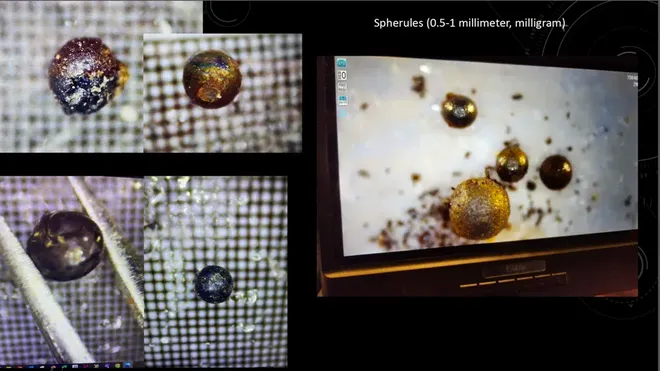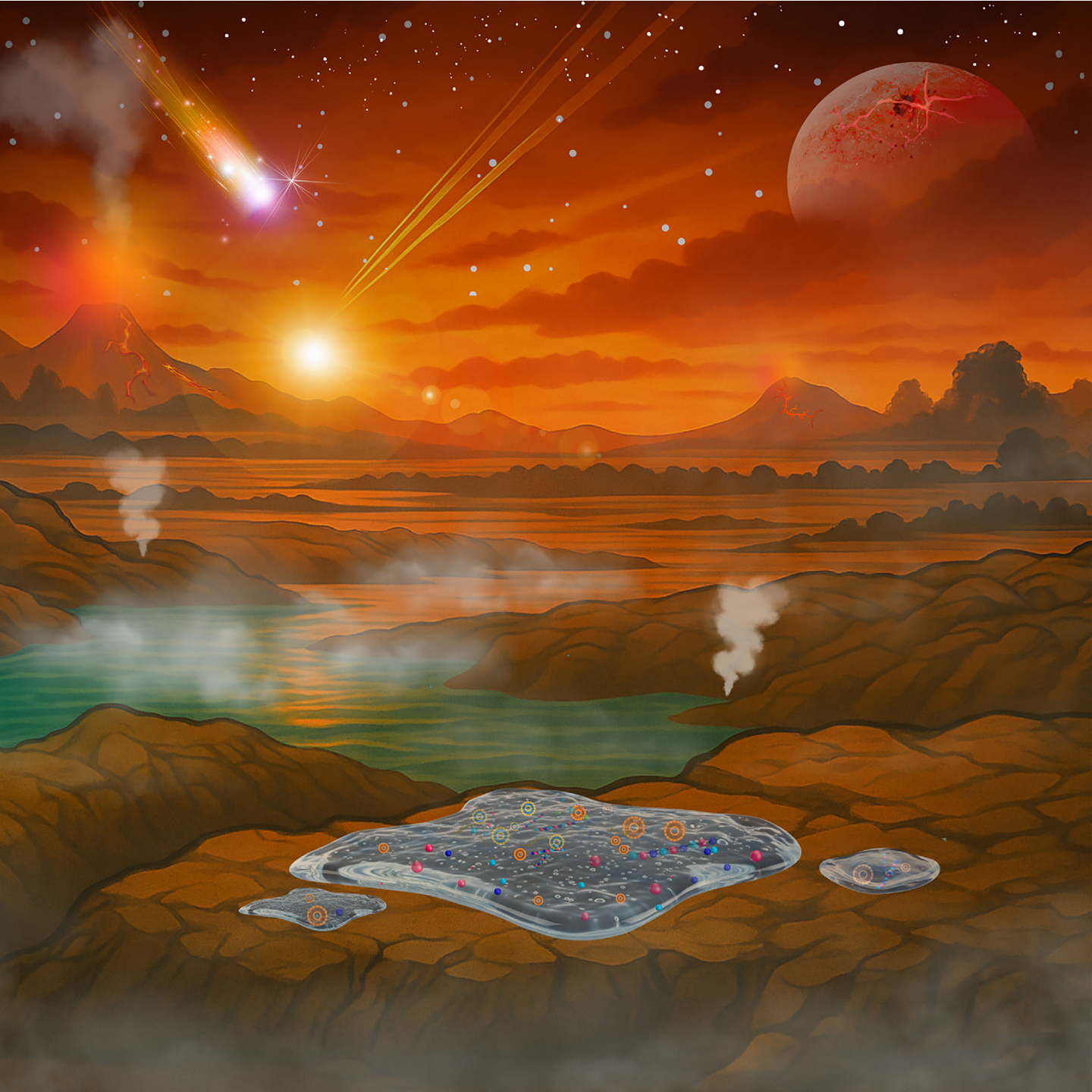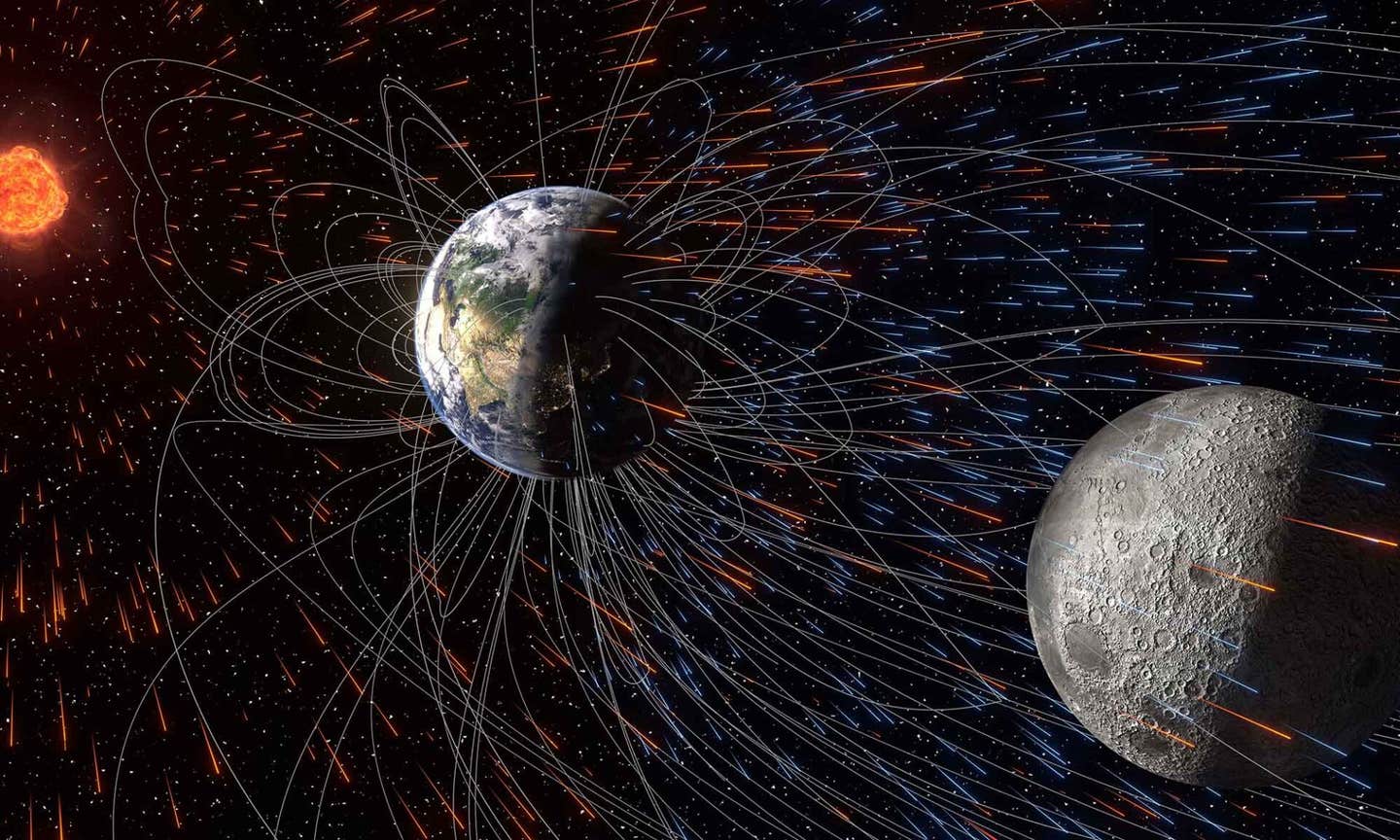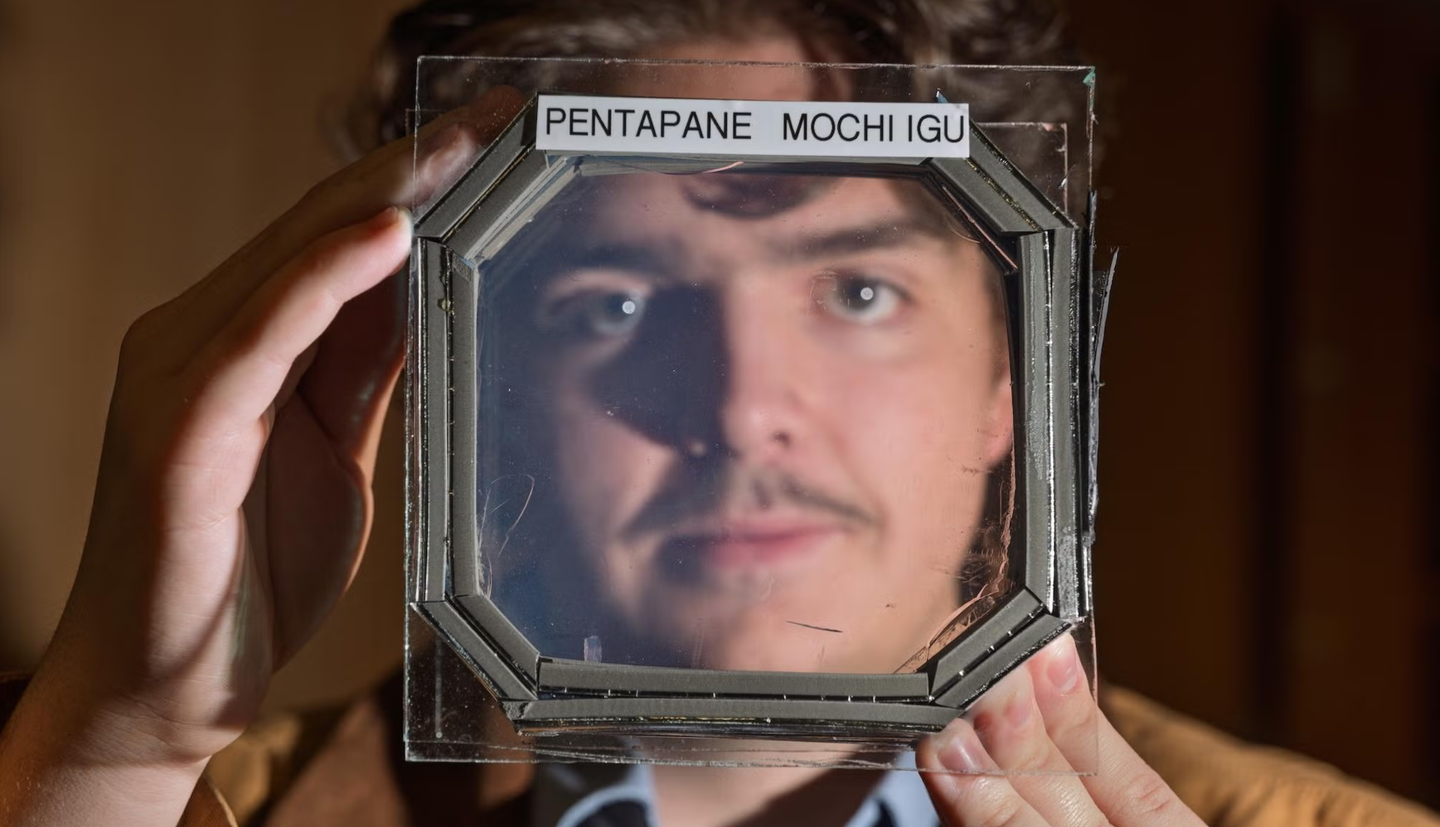First ever ‘alien’ objects found on Earth, according to Harvard professor
The find, occurred off the coast of Papua New Guinea, has the potential to redefine our understanding of the universe and our place in it.

[Aug. 30, 2023: Staff Writer, The Brighter Side of News]
Harvard professor Avi Loeb said his team of scientists have determined that these fragments from a meteor that landed in the waters off of Papua New Guinea in 2014 are indeed interstellar in origin. (CREDIT: Avi Loeb)
In groundbreaking news, Avi Loeb, a renowned astrophysicist and professor at Harvard University, announced the successful retrieval of what might be remnants of an interstellar meteor that crashed into Earth.
Together with a dedicated team of researchers, the find, which occurred off the coast of Papua New Guinea in June, has the potential to redefine our understanding of the universe and our place in it.
Unearthing a Stellar Mystery
Ever since its fall to Earth was reported, the peculiar meteor has been a subject of much intrigue and speculation. "This is a historic discovery because it represents the first time that humans put their hand on materials from a large object that arrived on Earth from outside the solar system," Loeb recently shared on Medium, emphasizing the potential implications of such a find.
The objects, which have a unique metallic nature, have been described as "interstellar in origin." Though it remains uncertain whether these are artificial or natural in nature, what is clear is that they're unlike any known alloys found in our solar system.
Related Stories
The Expedition's Journey
This mission to unearth answers began in June, spearheaded by Loeb and supported by a team of scientists. Collaborating with EYOS Expeditions, they set sail on the 'Silver Star' to Papua New Guinea. Their quest? To recover remnants of the unusual meteorite, named IM1, which had made its dramatic descent to Earth back in 2014.
It's fascinating to note that data from the meteor, as captured by U.S. government sensors, went overlooked for almost half a decade. It was Loeb, along with Amir Siraj, a Harvard undergraduate student at that time, who stumbled upon it in 2019 and chose to shine a light on its significance.
Their patience bore fruit in March 2022, when the U.S. Space Command affirmed to NASA that this object was indeed from another solar system. A monumental acknowledgment, it validated the efforts of Loeb, co-founder of the Galileo Project – a research initiative dedicated to finding alien technology.
Avi Loeb, left, and his team inspect the magnetic sled harvest on a rainy night in June. (CREDIT: Avi Loeb)
Embarking on this ambitious project, funded generously with $1.5 million from entrepreneur Charles Hoskinson, the team spent two weeks meticulously combing over 100 miles of the ocean floor, using specialized equipment. Their commitment paid off when they discovered over 700 submillimeter-sized spherules so tiny they could only be viewed under a microscope.
Reflecting on this achievement, Hoskinson expressed his elation, "This is a historic discovery, marking the first time that humans hold materials from a large interstellar object."
Loeb's Previous Interstellar Proposition
While the discovery of the IM1 remnants is noteworthy, it isn't the first instance where Loeb has delved into the concept of interstellar artifacts. In 2017, the scientific community was abuzz about Oumuamua, a comet with an unusual trajectory through our solar system. With its distinct elongated shape, Loeb posited an audacious theory – could Oumuamua, driven by solar power akin to a "light sail," be an alien spacecraft?
Artist's concept of interstellar object1I/2017 U1 ('Oumuamua) as it passed through the solar system after its discovery in October 2017. The aspect ratio of up to 10:1 is unlike that of any object seen in our own solar system. (CREDIT: European Southern Observatory / M. Kornmesser)
While a study in March attributed the comet's strange orbit to a well-understood phenomenon of outgassing, Loeb's zest for exploring the unknown remained undeterred. His subsequent research led him to IM1's data, solidifying his belief in its interstellar origin.
The early examinations of the spherules have unveiled unique properties. They showcase "extremely high abundances" of an exceptional composition of heavy elements, including Beryllium, Lanthanum, and Uranium. Termed the "BeLaU" composition, it's unlike any alloys known to Earth or other known celestial bodies in our solar system.
The data from the analysis showed that the fragments are rich in Beryllium, lanthanum and uranium, along with low content of elements with high affinity to iron, like Rhenium. Pictured is the composition of a fragment found at the site. (CREDIT: Avi Loeb)
The current hypothesis, based on these findings, is that these remnants might have originated from a magma ocean on an exo-planet with a distinct iron core situated outside our solar system. Laboratories across Harvard University, University of California, Berkeley, Bruker Corporation, and the University of Technology in Papua New Guinea are actively working to decipher the enigma surrounding these objects.
Loeb has also hinted at a paper that delves deeper into these findings, currently under consideration for publication in a respected scientific journal.
Echoing the sentiments of all involved, Expedition Coordinator Rob McCallum of EYOS stated, "The findings demonstrate the success of the first exploratory expedition and pave the way for a second expedition to seek more data." He aptly summarized the sentiments of many, adding, "We love to enable our clients’ projects anywhere on Earth, but this one is out of this world."
In an era teeming with technological advancements and astronomical breakthroughs, this discovery serves as a reminder of the infinite mysteries the universe holds, waiting to be unraveled. As science inches closer to answering profound questions about our cosmic neighbors and possibly extraterrestrial civilizations, one can't help but wonder – what else is out there?
Note: Materials provided above by The Brighter Side of News. Content may be edited for style and length.
Like these kind of feel good stories? Get the Brighter Side of News' newsletter.



